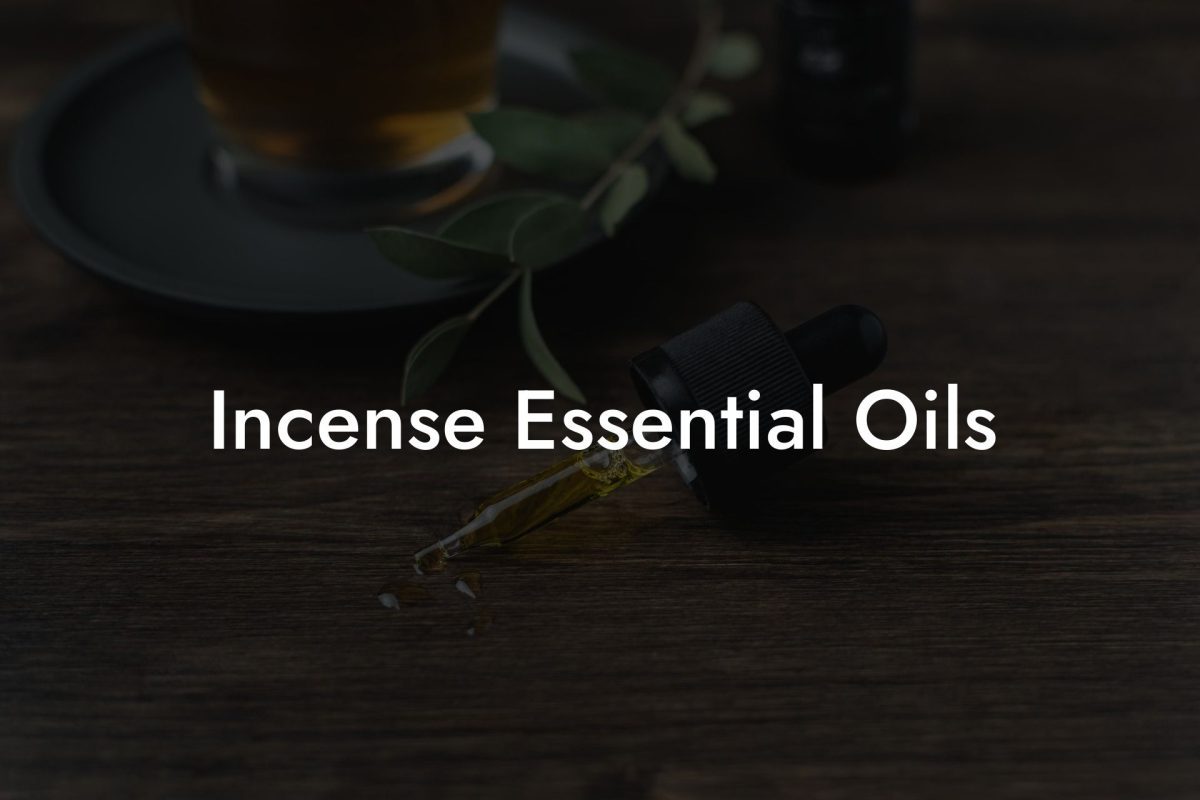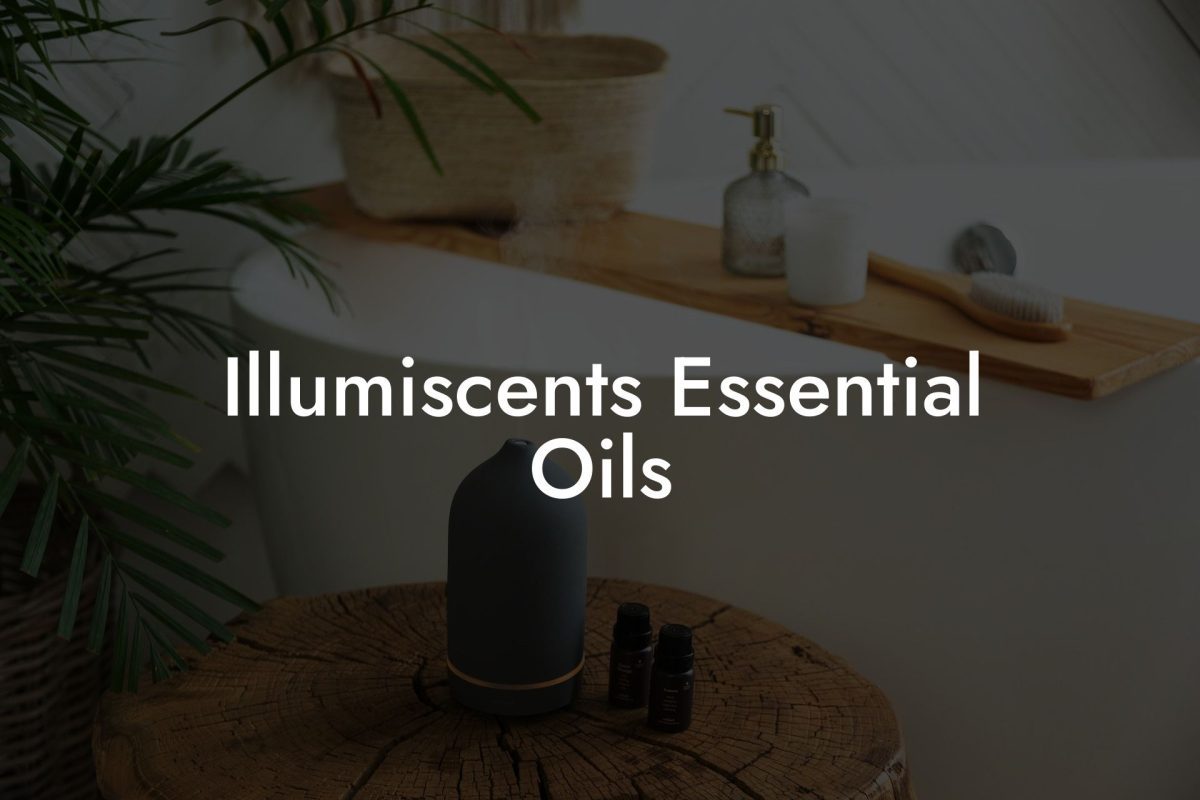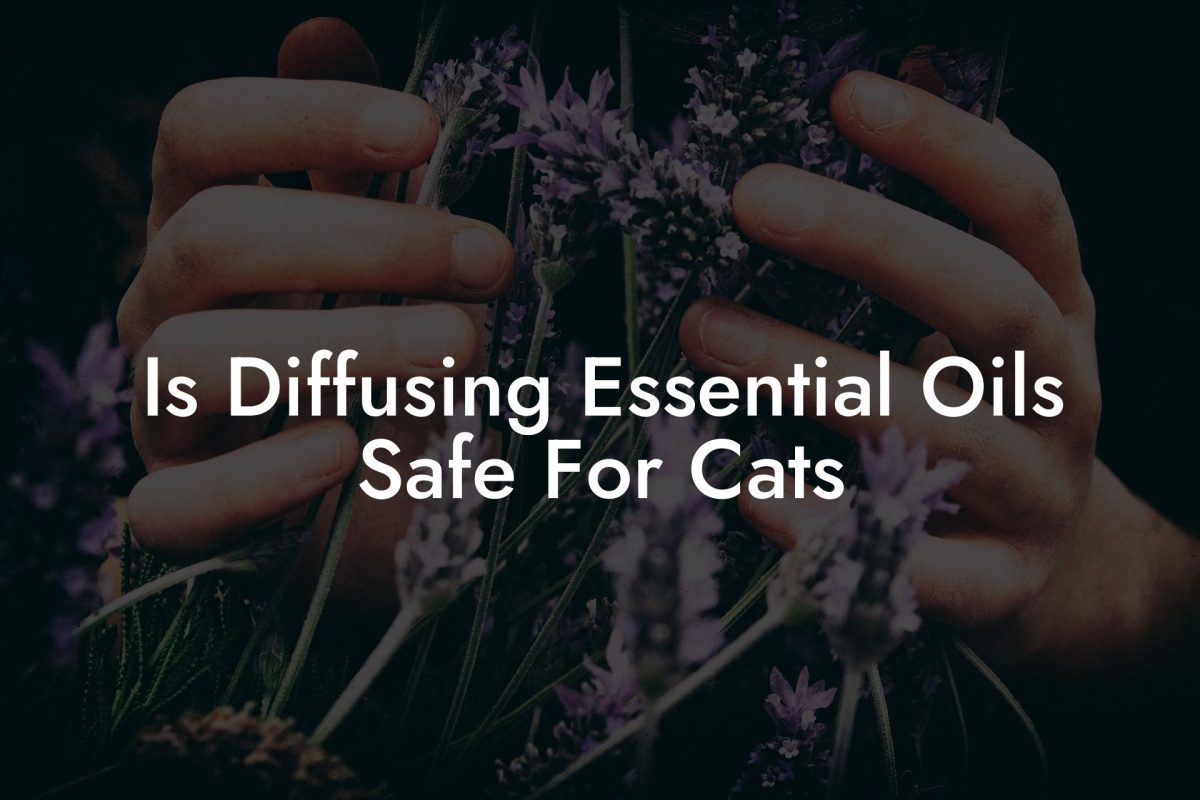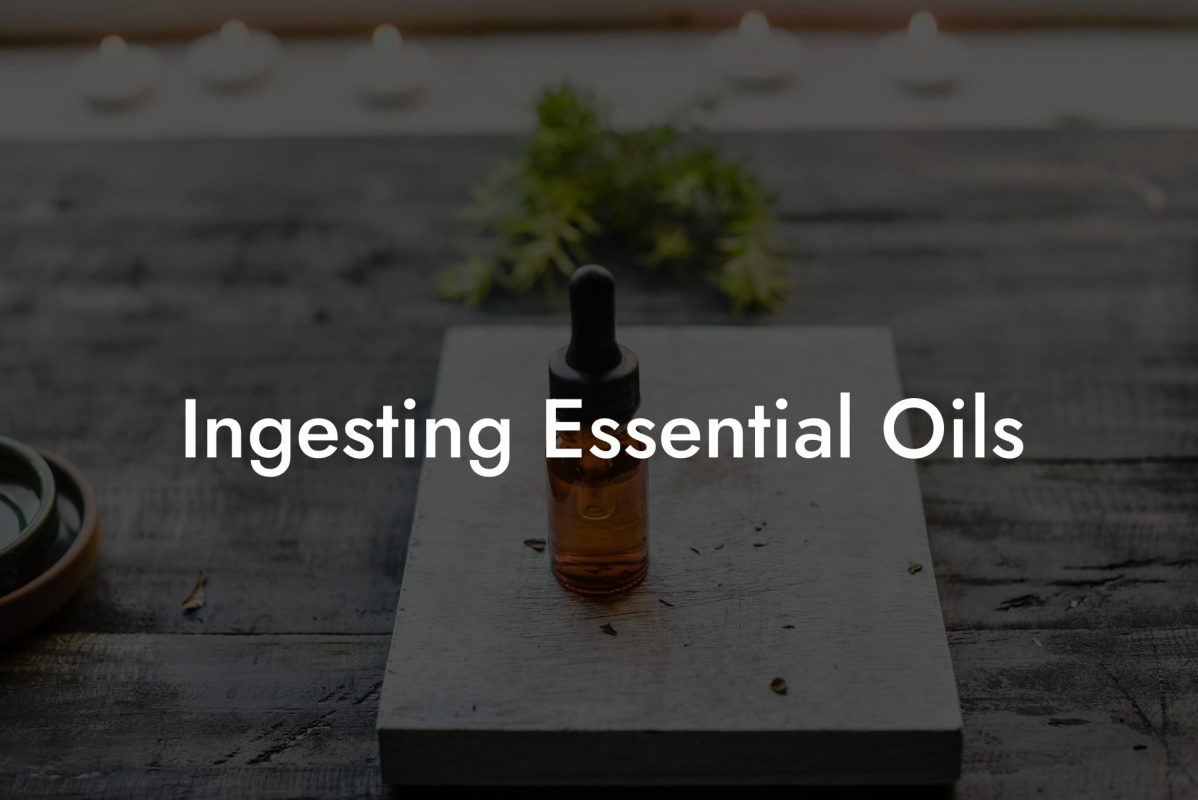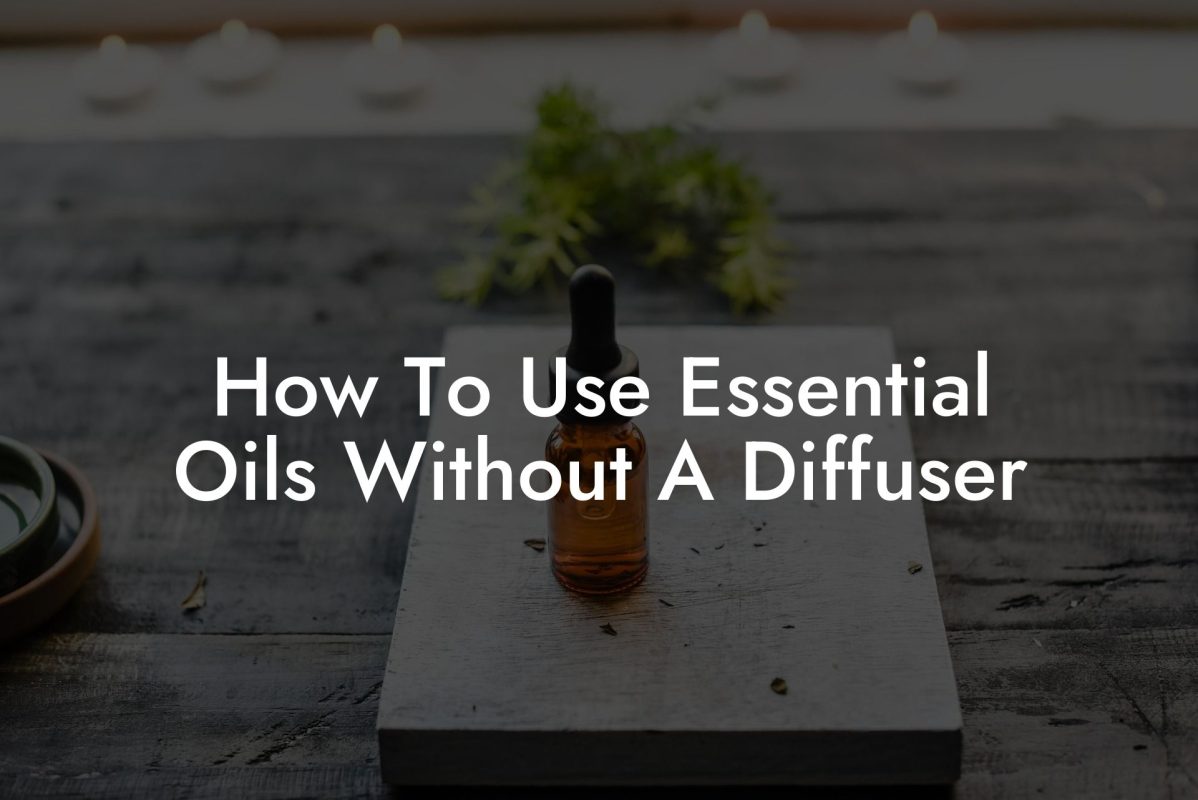Are you an essential oil enthusiast and a cat lover looking to ensure the wellbeing of your feline friend? You’re in luck! In this comprehensive guide, not only will you learn about cat-safe essential oils, but also the science behind aromacology and how to safely use these grounding oils in a home shared with your beloved pets.
Table of Contents
Why Cats and Essential Oils Don’t Always Mix
While essential oils have numerous benefits for humans, they can be harmful to cats. Felines are particularly sensitive to the chemical compounds found in these potent plant-based oils due to their unique liver metabolism. This makes it difficult for them to break down certain essential oil components, leading to possible toxicity and adverse reactions.
How to Identify Cat-Safe Essential Oils
It’s crucial to ensure the essential oils you choose to use are cat-safe. Opt for those containing components that are non-toxic to felines and have gentle, calming effects. Here are some cat-safe essential oils to consider:
- Cedarwood (Cedrus atlantica)
- Copaiba (Copaifera officinalis)
- Frankincense (Boswellia carterii)
- Helichrysum (Helichrysum italicum)
- Myrrh (Commiphora myrrha)
- Roal Jasmine (Jasminum officinale)
- Rose (Rosa damascena)
- Rosemary (Rosmarinus officinalis) – *excluding chemotype with high camphor content
Note: Always consult with your veterinarian before introducing any new essential oil to your cat’s environment.
Precautions to Take when Using Essential Oils around Cats
To ensure your cat’s safety, follow these precautions when using essential oils:
- Dilution: Always dilute essential oils before exposing cats to them. Aim for low concentrations between 0.1-1%.
- Avoid Direct Application: Do not apply essential oils directly onto your cat’s skin or fur as it may lead to irritation, chemical burns, or excessive grooming and ingestion.
- Proper Ventilation: Make sure your home has adequate ventilation when using essential oils. This helps prevent buildup of overpowering scents that could negatively impact your cat’s sensitive respiratory system.
- Limit Exposure: Place diffusers or essential oil-infused items in areas with restricted access to prevent your cat from ingesting oils or knocking over diffusers.
- Monitor Behavior: Observe your cat’s behavior closely for any signs of distress or allergic reactions after introducing essential oils into their environment.
Cat Safe Essential Oils Example:
Let’s say you just bought a bottle of Cedarwood essential oil to create a serene atmosphere in your living room. Here’s how to use it safely for both you and your furry friend:
1. Use an ultrasonic diffuser to diffuse the Cedarwood essential oil. Add 2-3 drops to 100 ml of water, ensuring a 1% dilution, which is safe for your cat.
2. Place the diffuser in a well-ventilated area that your cat cannot reach.
3. Make sure your cat has access to other rooms while the diffuser is running, allowing them to escape the scent if it becomes overwhelming.
4. Observe your cat during and after the diffusing session to ensure they don’t exhibit any adverse reactions.
We hope this article helps answer your questions about cat-safe essential oils, paving the way for a delightful harmony between your love of aromatherapy and your feline companions. If you found this content valuable, please consider sharing it with fellow cat lovers and essential oil enthusiasts. Curious about more essential oil guides? Check out the informative articles on Oshu Oils’ blog and explore the Oshu Oils range of artisan-crafted essential oils, designed with you and your cherished pets in mind.




